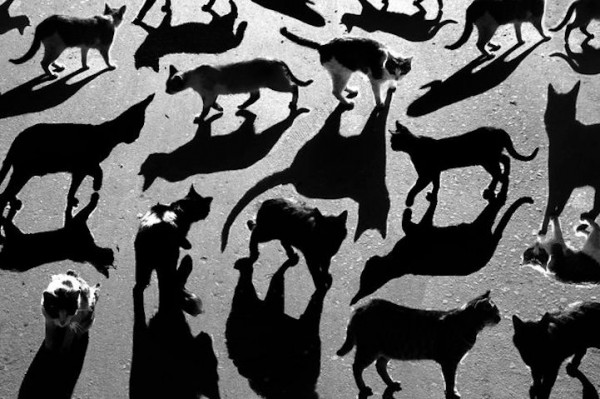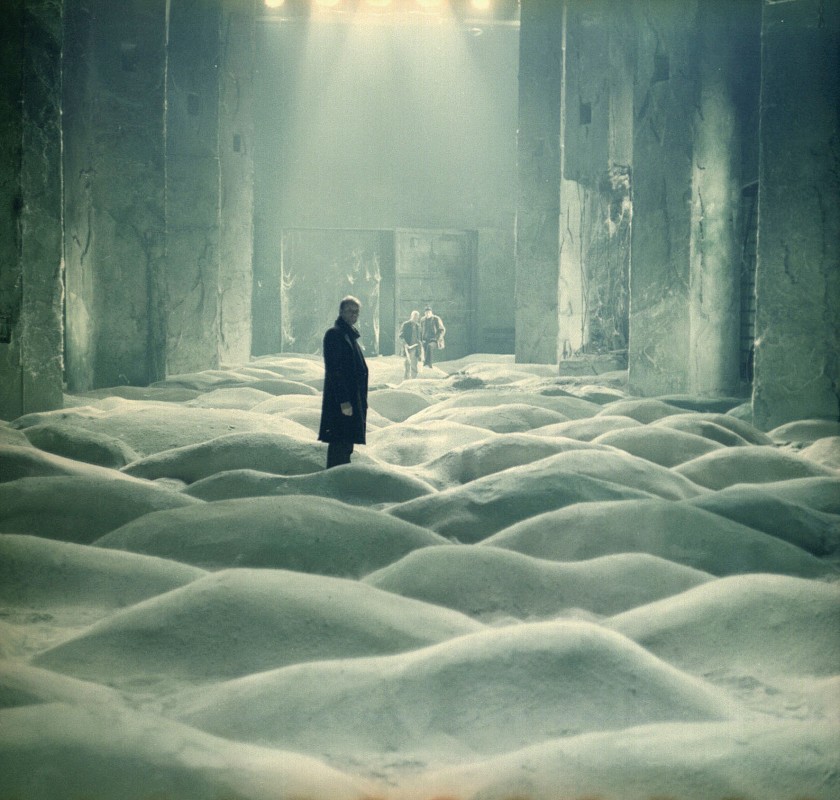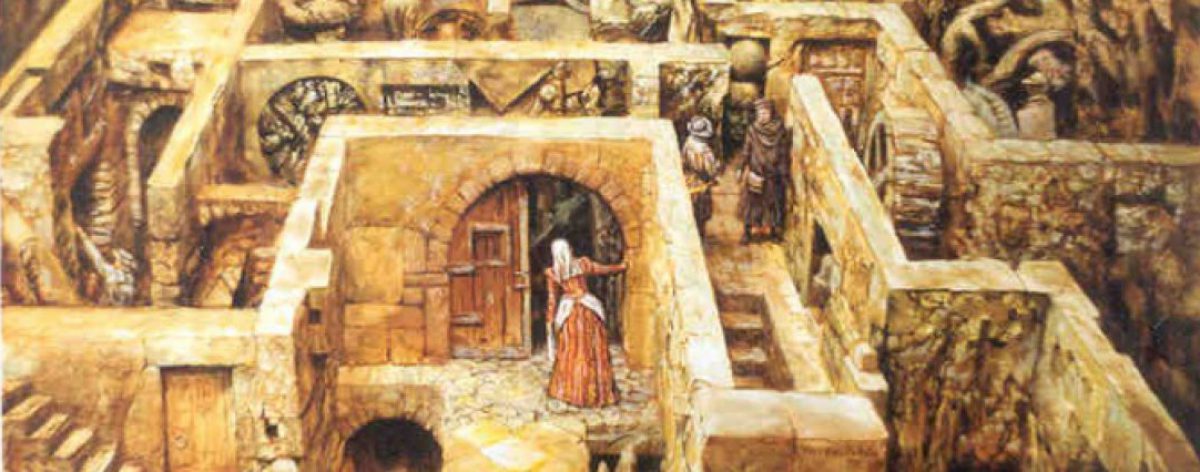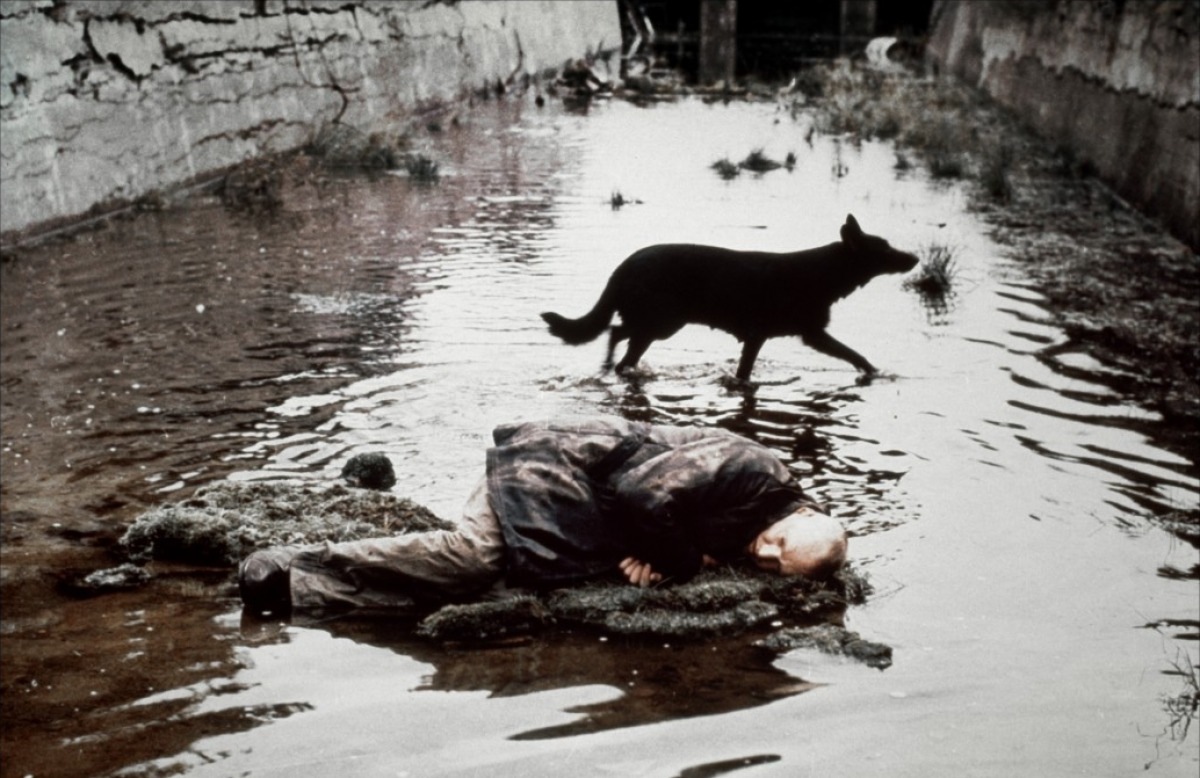PLEASE NOTE: THIS POST CONTAINS SPOILERS
Gene Wolfe, an American science fiction and fantasy author, who is also linked to inventing the frying process that makes Pringles, and whose writing is strongly flavoured by his Catholic faith, released a collection called Storeys from the Old Hotel. This contains work written over a span of twenty years and the genres vary from historical, science fiction, fantasy and many blendings of all three. Hidden among the lot is a labyrinth story that should be better known. It is a multi-layered, fractal masterpiece, in cahoots with Borges certainly and it tips its hat knowingly.

The premise is quite simple and rather light. We are told that a wealthy man referred to by the pseudonym Mr Smith has a mansion somewhere in the Adirondacks and has built himself a very unusual maze as a folly for his guests. He has placed many historical objects, some fake some real –the guests at least are never sure– in such an arrangement that the shadows thrown form a moving labyrinth. As the sun rises the paths appear and move throughout the day, so that the solution can only be found as you move along its tracks, and being in the wrong place at the wrong time might leave you cut off from the correct path, or perhaps you can rejoin it later on as parts are opened up to you. How long you play this maze might determine your success, but the only way to truly master it would be, like its master, to play it regularly and learn its shifting trenches of ink. At midday the maze disappears and by this time most of the guests have drifted off and only Mr Smith, this rarified Willy Wonka, is left because only he sees that it is all a game, one that we continue indefinitely whether our eyes are open or closed.
The story is clearly about artifice, our perception of time, and, of course, the moving landscape of history –how we literally excavate the past and place it in a mock-up of something that may never have existed in the first place. His maze (or labyrinth) includes the real and the mythical, and the importance of those objects –Arthur’s sword, the minotaur, a Toltec sun-god, a barometer speak of the many forces that create new lines of sight and yet each path means that another is obscured from us.
Our sight always includes blindness.
Reality and identity are so many labyrinths in one. Culture and society shape what we can think or see. The culture that worshipped a sun-god could not see the world the way we do today, but we are no more enlightened about its ultimate meaning. We record civilisation for the future, a long shadow thrown backwards than nudges forward toward the light: but as Mr Smith knows, this is just a game.
Stalker is a 1979 Russian science-fiction film directed by Andrei Tarkovsky. It is based on a book called Roadside Picnic, but it veers away from its source material and becomes something mercurial, brooding and more philosophical. In both the book and the film a trio of men approach someone known as a Stalker, a person who can guide them safely into the Zone.
The Zone is an alien crash site and it is guarded closely by the government. There is an illegal trade in alien artifacts gathered from the site and it is said to be very dangerous because inside the Zone the rules of reality have been warped. There is also a myth surrounding a room somewhere in the Zone where your innermost desires are granted. The three strangers, the Stalker, the Writer and the Scientist are lured into the Zone by a desire for forbidden fruit. The Writer wants to find inspiration and the Scientist claims that scientific curiosity is his only motivation.
After getting past the soldiers and using a railway cart to enter the Zone, the film shifts from rich sepia tones to colour. They are in an Eden-like splurge of grasses and an apocalyptic wasteland of human debris that clogs up the rivers. Fog rolls by. It is completely silent. The Zone is not that strange in essence, and looks like any number of war zones, but Tarkovsky elevates it to the sublime with his long takes and his use of water as a kind of life-giving blood and sentient well of memory, dredged by the litter of human objects, gurgling through this dream-like labyrinth.
Stalker hands one of the men some strips of white gauze and instructs him tie to each one to a metal nut. After a lengthy dialogue and more obliqueness they descend towards the stone house in the distance and Stalker throws one of the bits of gauze forward and then tells the professor to go first and walk towards where it fell. Stalker always goes last. They continue like this, picking up the gauze and throwing it again. When one of the men starts pulling at some plants, Stalker scolds them saying that the Zone wishes to be respected: it punishes those who do not show respect. He says that, in the Zone, the convoluted path always poses less risk.
Eventually the Writer, like the viewer, finds it all too ridiculous and storms ahead. He is stopped by a command which he assumes came from one of the others, but they each thought it was the other who spoke. Stalker explains how the Zone comes to life when there is a human presence, old traps disappear to be replaced by new ones. Safe spots become impassable. The labyrinth is capricious, but most importantly it depends on them. The human conditions is tied to its very structure.

Here then we have a metaphysical labyrinth. A sentient landscape, a quest, philosophical anti-heroes, the ‘way’ determined by your actions and motives. The film seems to be a deconstruction of the hero’s journey –a path for the wretched rather than the valiant. The magical object is a kind of Aladdin’s Lamp, but one that reads your buried desires, rather than simply obeying your commands. Everything here is turned inside out, and it is what flows inside that matters. Heroes are men of deeds and words, but we rarely see their interior life. Here you may enter as an empty shell, but if you gain something along the way you might reach your goal, only it won’t be what you expected. Things change every minute inside the Zone. The only permanence is your faith.
Both of these labyrinths have a metaphysical element. Both are ephemeral, and contain invisible walls. The walker/stalker must believe those walls exist and pay respect to them. In the first story, the walker is free to abandon the game at will, although many choose not to because that belief has a piece of the sacred in it –the ability to construct a social reality is part of learning to live with others, to participate together in a game so that winners and losers all feel connected to each other: the child that wields a stick as a sword to defeat a monster is really not that different from an adult walking into a store to buy milk with a handful of metal counters. Near the end of Stalker, all three men lay defeated, huddled together. They are too afraid to enter the Room and discover their innermost desires. Their faith has settled on each other, and it is with this bond they reject the fairytale ending and leave the centre of the maze and return to their ‘beginning’ with nothing more than they started with.
Sometimes not getting to the centre is the way to complete the journey.
Sometimes the shortest distance between two points is not the path.

